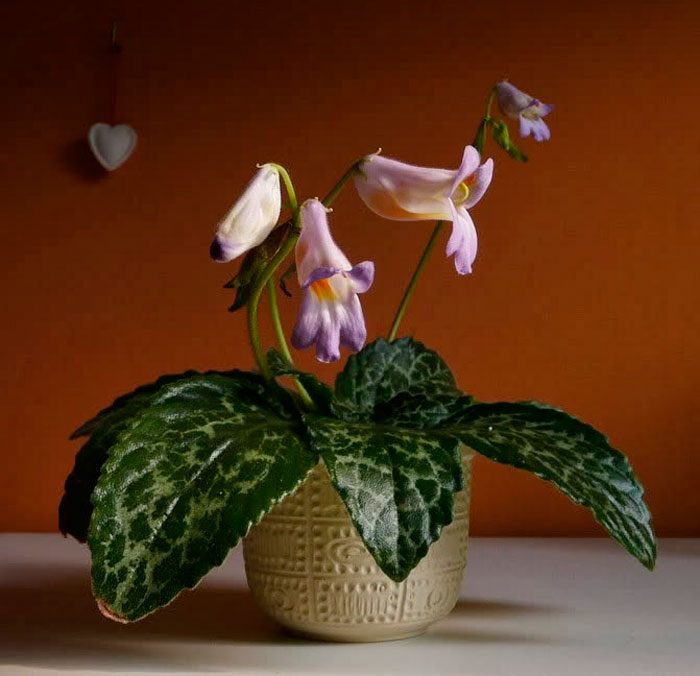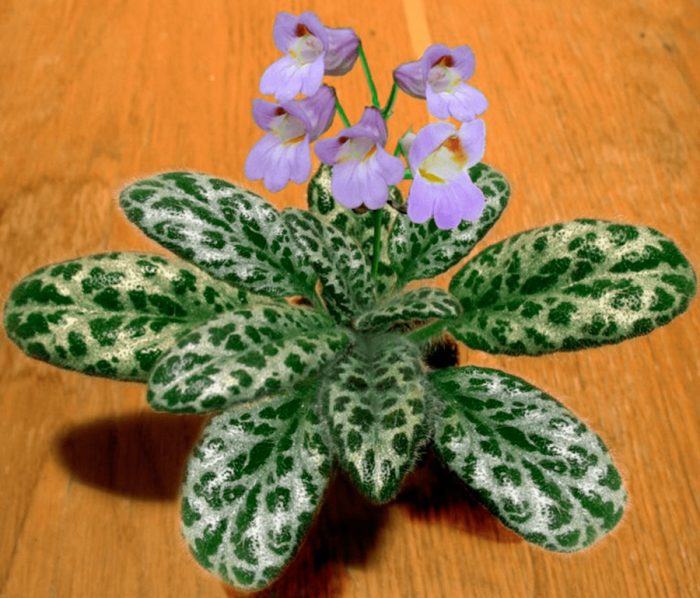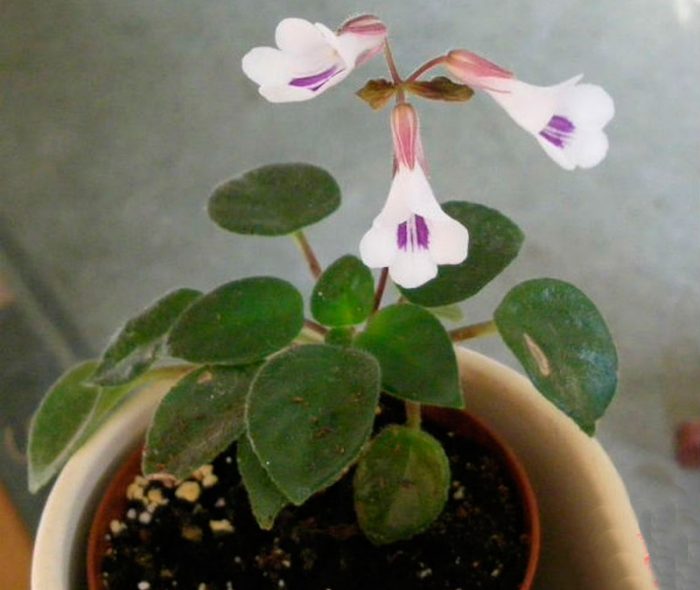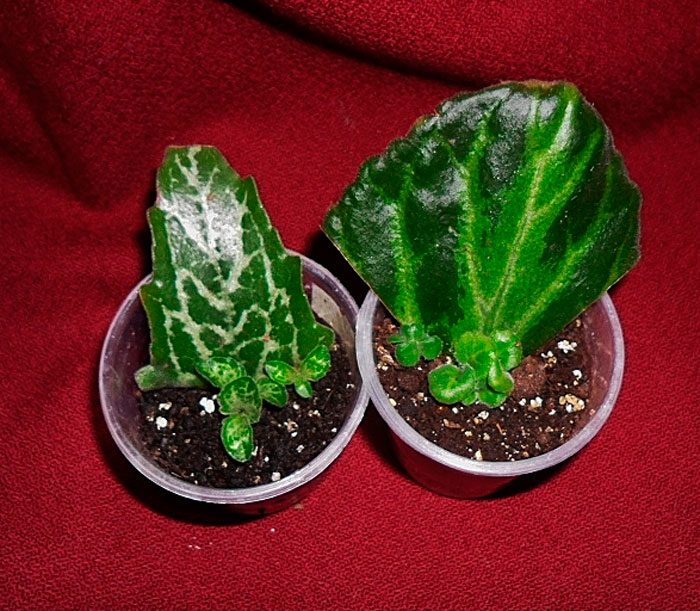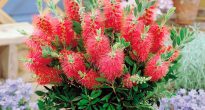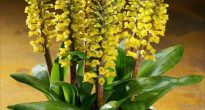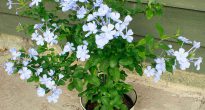A kind of plant like hirita (Chirita) is directly related to the Gesneriaceae family. This plant is native to Southeast Asia. In natural conditions, it can be found on the slopes of limestone cliffs in India, Malaysia, Sri Lanka, as well as China.
Back in 1822, this plant was discovered by the English botanist David Don. However, they began to study it only from the middle of the 20th century. Also, since that time, breeding work has been carried out aimed at developing new varieties. In flower shops hirita began to be sold not so long ago, so it is not yet very popular in indoor floriculture.
This genus unites more than 140 species of various plants, among which there are both herbaceous plants and shrubs. They can be both perennial and annual. These plants have very beautiful bell-shaped flowers. The color of the flowers can be different, for example: lilac, blue, white, yellow or pink.
This genus is divided into 3 sections, namely: microhirita, hirita and gibbosaccus. At home, compact hirita of the gibbosaccus section are most often grown. Their leaves are collected in a socket almost the same as that of violets.
The leaves are both smooth and pubescent, and they are painted green or have a variegated color. The flowers are similar to those of streptocarpus. The sockets can be from 5 to 30 centimeters.
It is necessary to care for the Khirit in almost the same way as for the rather well-known Saintpaulias (Uzambara violets).
Content
Hirita care at home
Temperature regime
In the warm season, a moderate temperature is needed (from 18 to 22 degrees), and in winter, coolness is required (from 15 to 18 degrees). In winter, it should not be placed on a cold windowsill. This plant does not suffer from sudden temperature fluctuations.
Illumination
Loves bright light, but at the same time it should be diffused. In the warm season, shading is required from direct sunlight. It is recommended to place windows on the windowsill located in the western or eastern part of the room. Supplementary lighting is usually required in the autumn-winter period. Flowering occurs only when the duration of daylight hours is at least 12 hours.
How to water
Watering is needed in moderation, since the land should dry out well. Due to the fact that hirita has juicy leaves, it can survive the lack of water much easier than overflow. If in winter the plant is in a cool place, then watering should be poor. If at this time it is warm, then watered, as in summer, moderately.
Top dressing
You need to fertilize from April to September, and for this, liquid complex fertilizers are used for Saintpaulias. Do not add too much fertilizer to the soil. After the transplant, hiritu is not fed for 8 weeks.
Humidity
There are no special requirements for air humidity. It is recommended that it should be about 50 percent, however, the flower feels good at lower humidity. It is not necessary to spray the plant.
Transfer
The transplant is carried out only if necessary in the spring. The pot should be chosen not very large. A young plant is planted in a very small pot, and as it grows, it is carefully rolled into a slightly larger pot. The pot should be chosen low and wide. Land for planting must be well drained.
Khirit do not live long, in this regard, they are rarely transplanted, and more often they are renewed from a cuttings.
Earth mixture
A ready-made mixture for Saintpaulias will do. You can make a suitable mixture yourself by combining leaf, turf and peat soil, as well as coarse river sand, taken in equal proportions.
Dormant period
There is no pronounced rest period. If you put it in a cool place (about 15 degrees) in winter and rarely water it, the plant will slow down its growth and will not bloom. This state is considered a relative resting period. A flower that is warm in winter and receives enough light grows and blooms normally.
Reproduction methods
Can be propagated by leaf cuttings, stepsons, seeds or parts of a leaf. To root the cuttings, use water or sand (cover with a film on top).


Watch this video on YouTube

